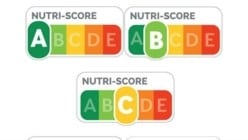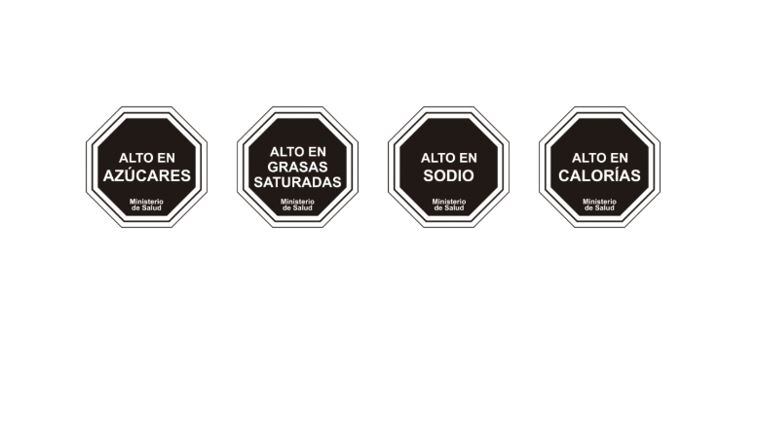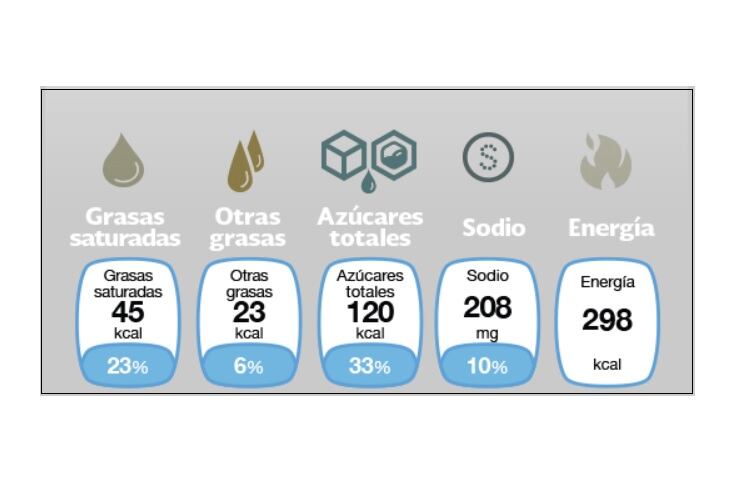The Nutri-Score was developed by French researchers and has been adopted as the official front-of-pack nutrition logo in France, Belgium, and Spain.
Scientists from Pontificia University Javeriana in Colombia and INCAE Business School in Costa Rica wanted to see if the logo would have an impact on food purchases on informed and uninformed consumers in Colombia.

They added the logo, which won praise from the World Health Organization (WHO) for being “straight-forward” and “consumer-friendly”, to around 300 products in a university cafeteria in Bogotá and collected purchasing data from 485 receipts.
They found that randomly providing information on Nutri-Score increased total expenditure by $0.18. Spending on healthier items was 21% higher (equivalent to $0.26), and there was no change for less healthy items. Consumers in the Nutri-Score group also bought more protein than those in the control.
“This immediate effect is already significant and promising,” they wrote.
The findings are of interest in a country where, in 2008, over 50% of adults were at least overweight and 18% of these were obese. In 2009, the Colombian Ministry of Social Protection declared that obesity and its associated non-communicable diseases were a public health priority for the country.
Unhealthy products were not penalized
The fact that spending on less healthy products labeled yellow, orange, and red did not differ between groups was interesting, wrote the researchers.
“This leads us to believe that people from the treated group bought similar items to the control group and a green-labeled product in addition."
The increased profits for the store was also a positive result, they wrote. In addition to helping individuals make healthier food choices, the local business made more money.
“This […] may ease the implementation of such front-of-package nutrition labels in our context by giving a potential financial incentive to stores for implementing nutrition labels such as the Nutri-Score label,” they concluded.
The Nutri-Score works well for several reasons, according to the researchers.
- It does not require specific nutrition knowledge to understand it;
- It serves as guidance rather than giving specific data;
- It offers information using a ranking;
- It uses symbols that are identifiable and easy to remember;
- It is based on the most recent dietary guidelines;
- It promotes product comparison at the point of purchase.
The label has also attracted interest from the Colombian government.
“Researchers from the Colombian Ministry of Health and Social Protection were interested in obtaining evidence regarding this label in our context,” the study authors wrote.
The study
The scientists added the label to around 300 pre-packaged and branded goods such as bottled water, soft drinks and juices, packaged cookies and chips, yogurts, candies, and chocolates, as well as fruit, fruit salads and green salads.
They gave a pamphlet about processed food consumption in Latin America to both groups, with the experimental group also receiving information on Nutri-Score (dubbed Nutri-Puntos for the Spanish-speaking participants).
Purchasing data was collected from a total of 485 receipts (228 from the control and 257 from the experiment group).
Limitations
The study was limited by the fact its subjects were almost all students with an average age of 19, and so the results may differ for the general population. It also recorded purchasing data and not consumption data.
“It may be the case that customers bought extra healthier items, but then threw them away,” they write.
However, they add that “additional exposure to the healthier food on students’ trays would eventually result in increased consumption of the healthier food as well”.
Source: Nutrients
Available online ahead of print, February 26 2019, doi: 10.3390/nu11030491
"The Effect of Randomly Providing Nutri-Score Information on Actual Purchases in Colombia”
Authors: Mora-García CA, Tobar LF, Young JC




